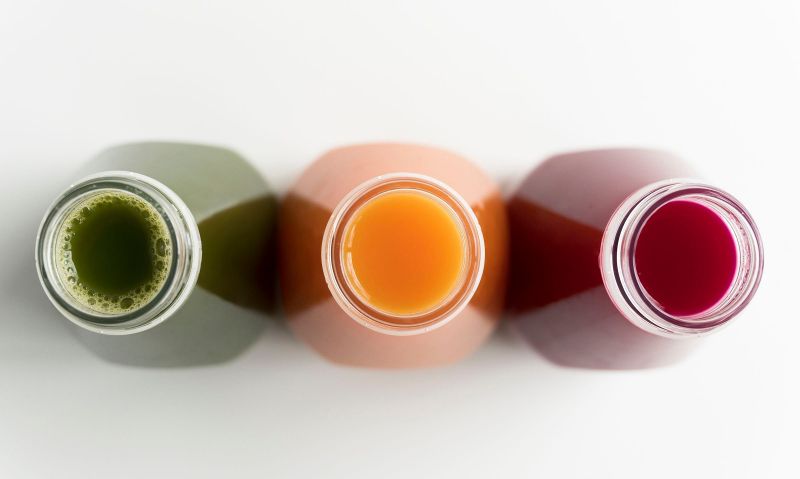
Daily servings of vegetables are good for us. But does it matter if you eat or drink them?
Juice bars are popping up in small towns and large cities. Raw juice recipes are filtering through Instagram feeds.
It’s common knowledge that daily servings of vegetables are good for us. But does it matter if you eat or drink them? In other words, should you be juicing?
First, let’s break down daily servings of vegetables. The amount of vegetables your body requires to be healthy depends on your age, gender and level of physical activity. USDA recommendations call for two to three cups per day for adults. Portion sizes can be confusing, and many of us are unsure what actually constitutes a recommended serving of vegetables. Here are a few examples:
• 1 cup of raw leafy vegetables (about the size of a small fist)
• ½ cup of other vegetables
• ½ cup of vegetable juice
Based on their nutrient content, vegetables are organized into five subgroups: dark green vegetables, starchy vegetables, red and orange vegetables, beans and peas, and others.
Just because you had three cups of broccoli today doesn’t mean you’ve met recommended servings for your daily or weekly vegetables. You need a variety from all the subgroups to get the recommended nutrients, not just those found in broccoli.
Now, back to juicing. Not all juices are created equal. Look at the nutrition label. Is it 100% juice? If you’re at a juice bar, how much of the juice is fruit? Often, to make vegetable juice palatable, a lot of fruit is added to sweeten it. Is that a good thing? Maybe, maybe not.
Think of it this way: if you were to have a snack like an orange, you would have just one orange. And you would reap all its nutritional benefits. However, if you were to juice the orange, you strip out a lot of the fiber and nutrients. Additionally, it takes about two to four oranges to make an 8-ounce cup of juice. That’s almost two to four times the calories and sugar you’re drinking versus just eating one orange.
Bottom line? It’s better to eat fruits and vegetables than to drink them. That said, if juice is the only way you’re going to consume a healthy amount of veggies and fruits, juicing is better than nothing.
Try blending whole fruits and vegetables as a smoothie with some low-fat yogurt or almond milk and ice.
Cheers to good health, fiber and nutrients!
Army veteran Jennifer Campbell is a certified personal trainer with a master’s degree in nutrition education. She is commander of the California American Legion’s 24th District.
- Magazine

